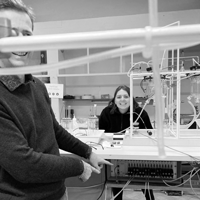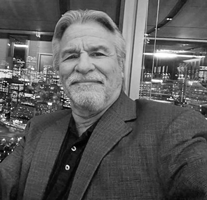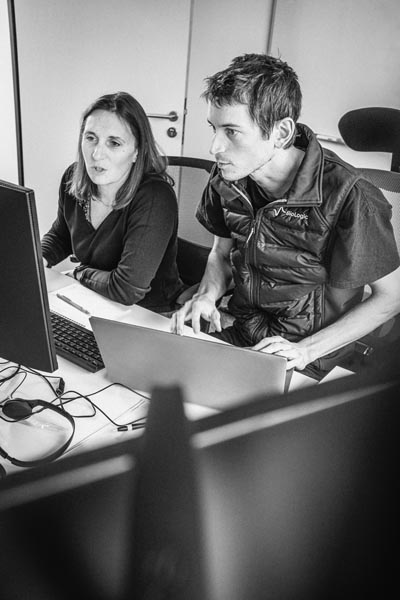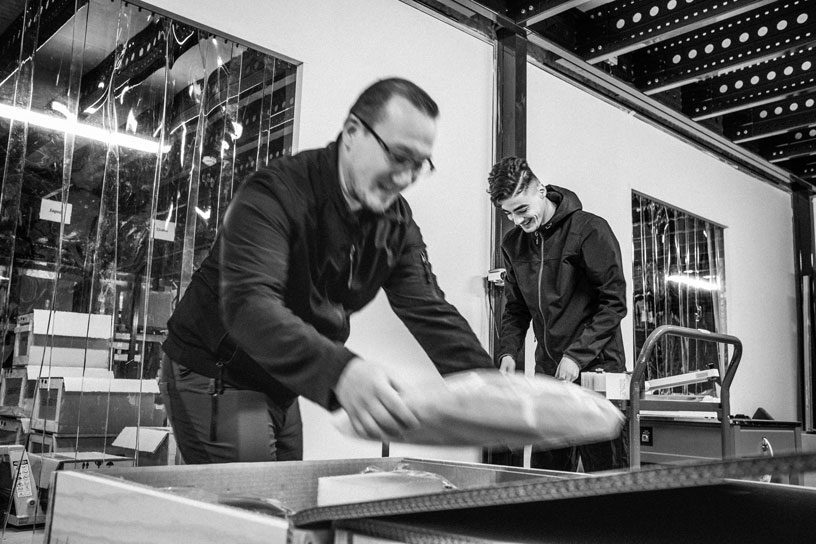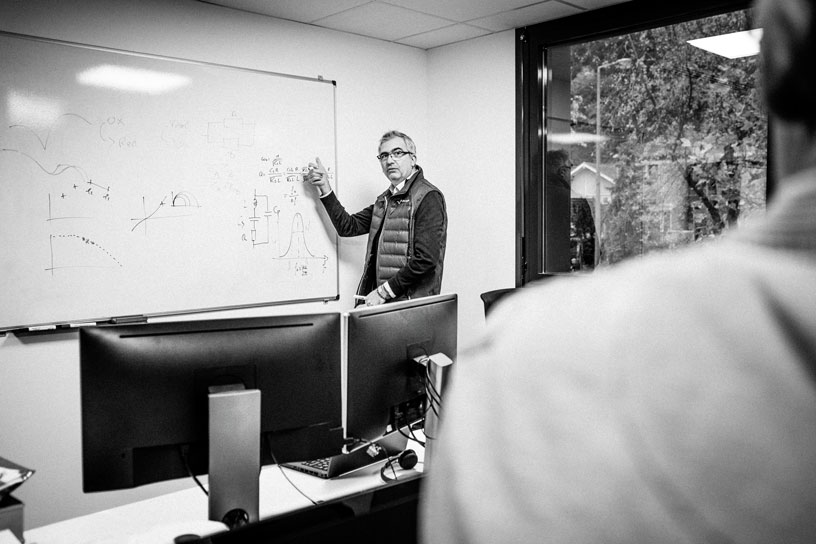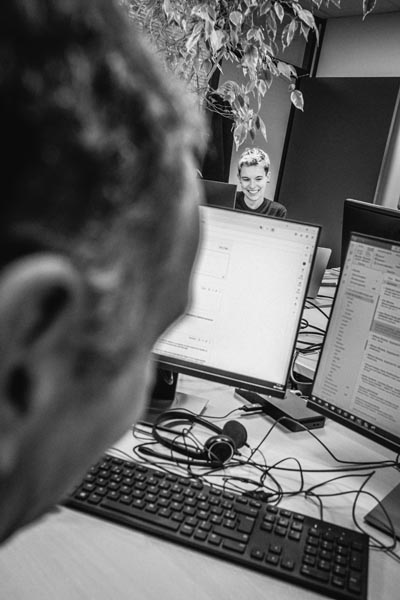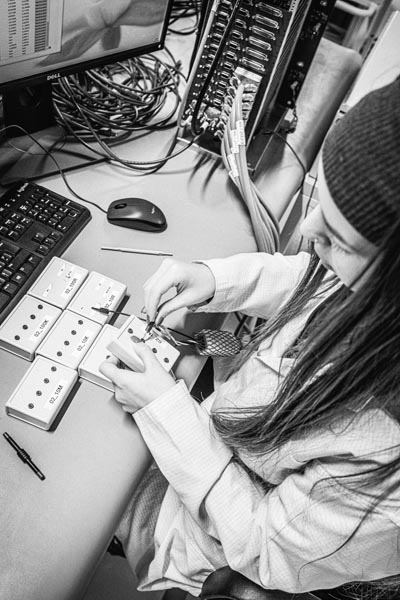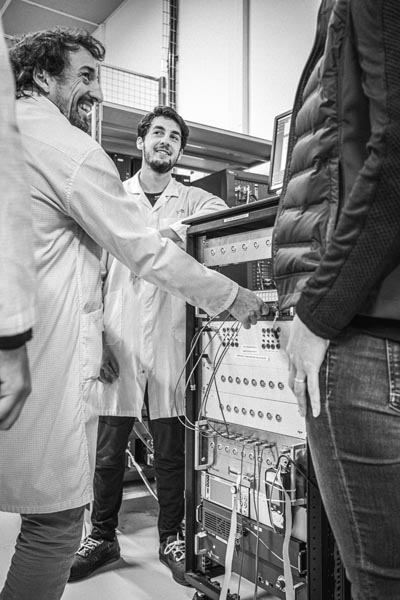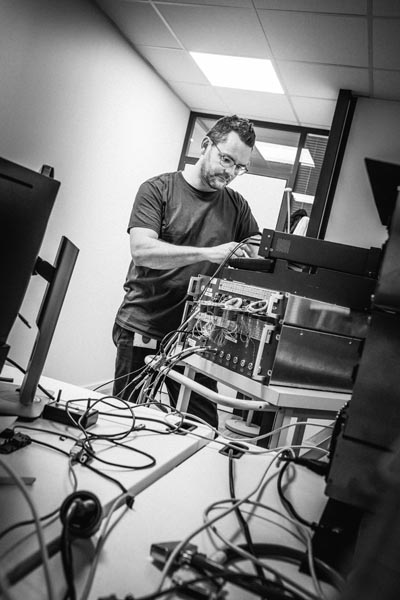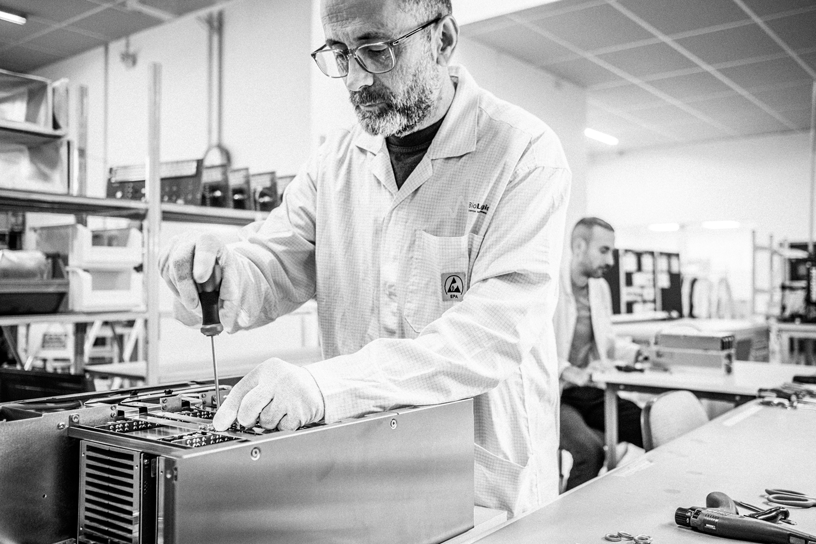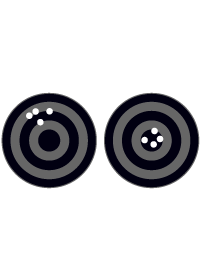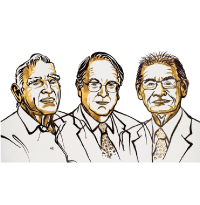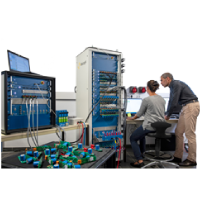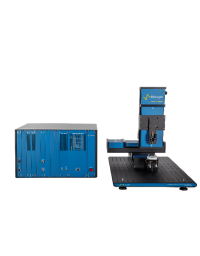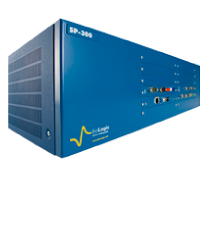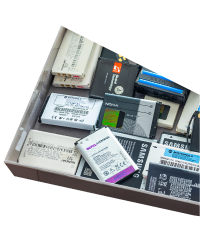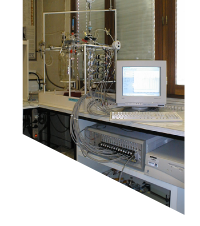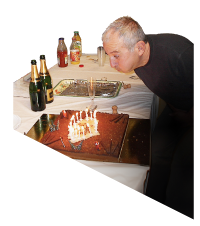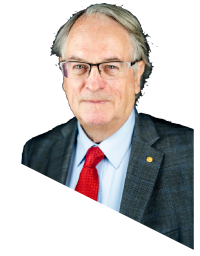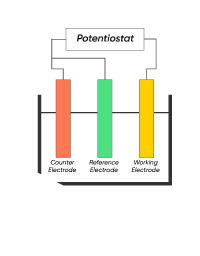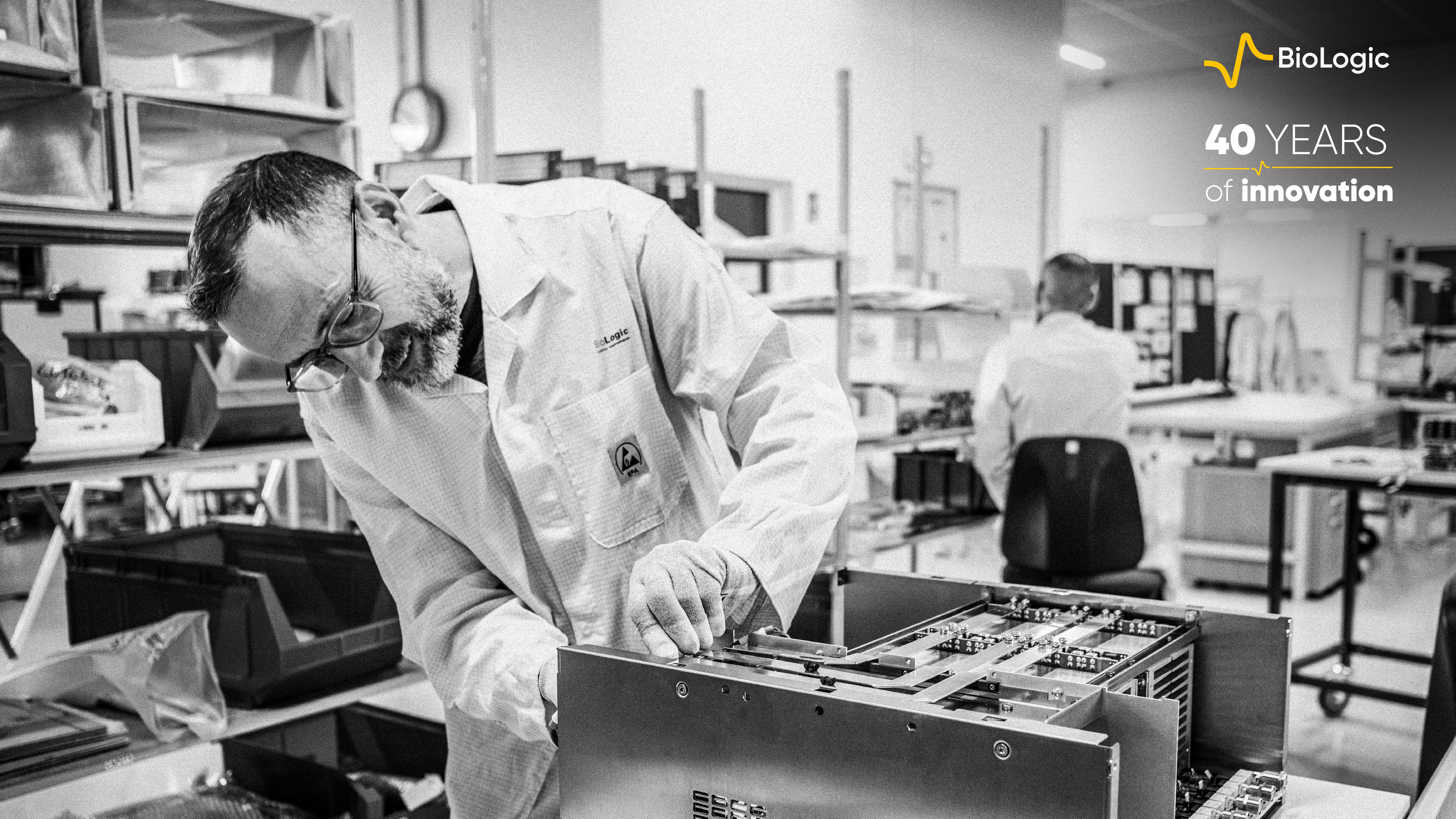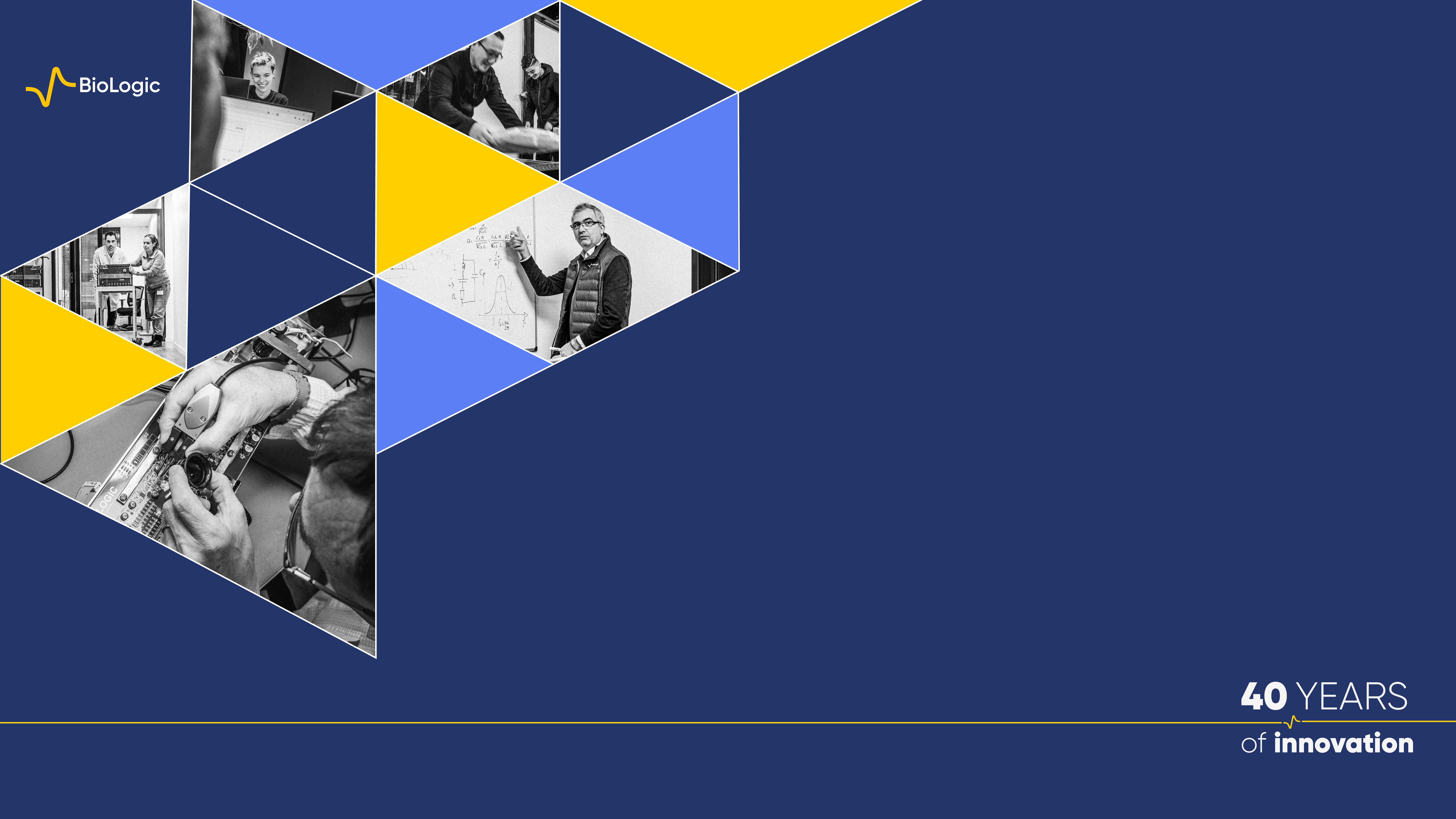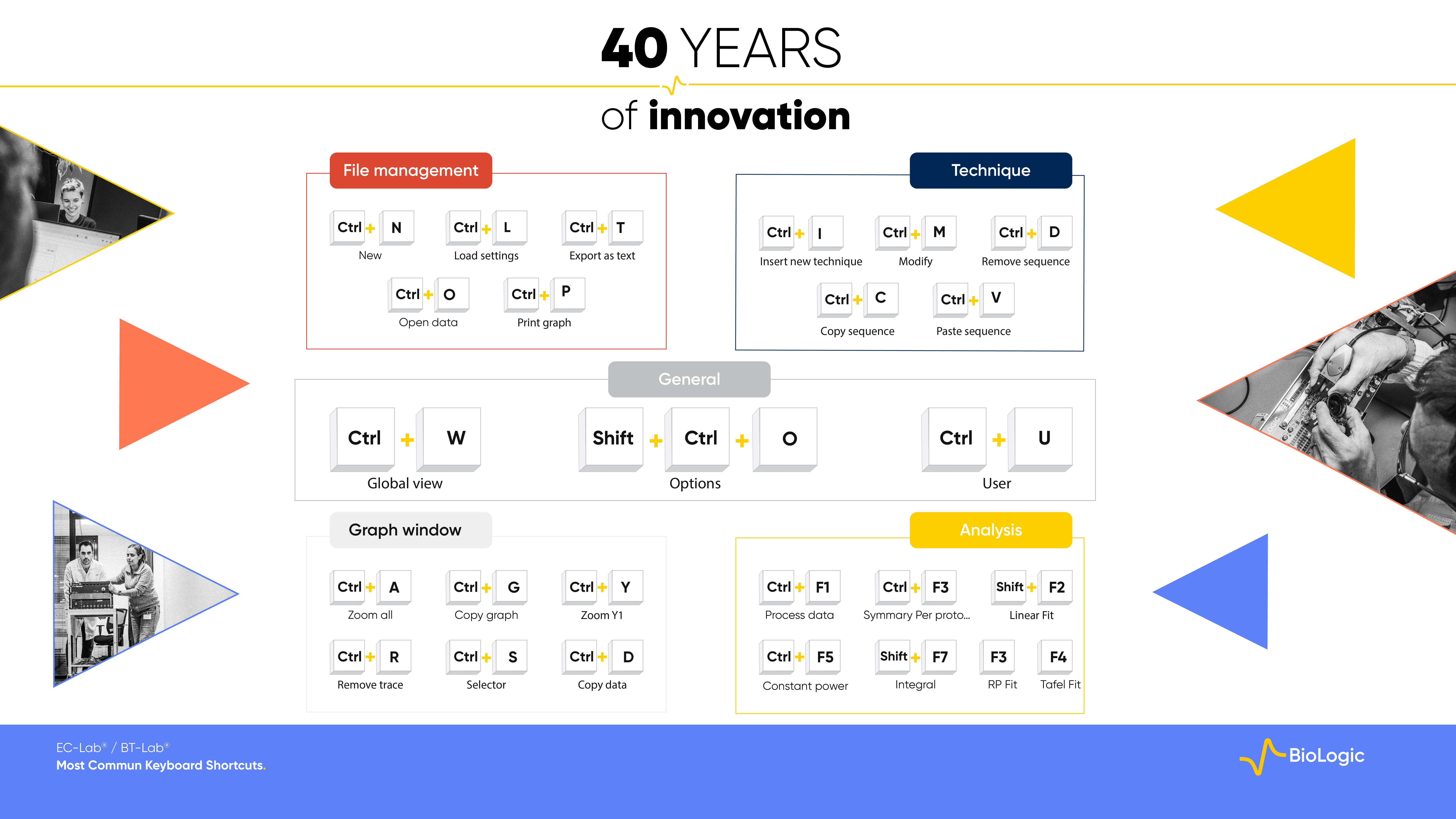40 years of innovation.

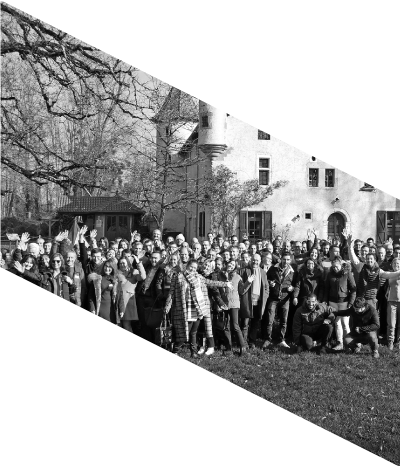
OUR STORY
A history closely linked to that of the electric battery.
In 2024, BioLogic celebrates its 40th anniversary. Forty years supporting electrochemistry pioneers. When the company was founded in 1983, BioLogic instruments were mainly used in physiology and neuroscience, hence the name BioLogic. But for over 30 years now, the company has gradually specialized in electrochemistry. And since the 2000s, its history has been intimately linked to that of batteries and energy storage. It’s this story we’d like to share with you on the occasion of our 40th anniversary.
.

Instruments for the long haul
“We have been working with BioLogic since 1998, when we acquired the very first VMP. To date, we have never had a single failure on this device, even though it works every day.”
Philippe Mauger, Head of the Corrosion Control and Testing Laboratory at Ugitech.
Precise, reliable, and easy-to-use testing instruments
“The development of a supercapacitor is a complex task that requires optimization of every single material inside the cell. It requires precise, reliable, and easy-to-use testing instruments as well as attentive and responsive local service.
During the initial development phase, we have mainly utilized BioLogic’s potentiostats to characterize and establish a deeper understanding for the supercapacitor. As the technology has reached a higher level of maturity, we have gradually expanded our test capability with more cycler channels to be able to gather more statistical data. Thanks to a high modularity of the BCS-systems, this has been a very straight forward experience.”
Anders Hägerström, Product validation manager at Ligna Energy.
Ligna Energy is a Swedish startup company that is developing innovative bio-based supercapacitors, a renewable and abundant natural resource.
To learn more visit Ligna Energy’s website
PROUD OF OUR CLIENTS

Transformative impact
“Over the years, I have witnessed firsthand the transformative impact of BioLogic’s products on the scientific community. The precision, reliability, and ingenuity embedded in each instrument have become synonymous with the pursuit of excellence in electrochemistry, battery and materials research areas as well as biology and electrophysiology.
What sets BioLogic apart is not just the quality of its products but the people behind them. The team’s passion for scientific advancement is palpable, and their commitment to providing unparalleled support and expertise is a testament to the company’s values and commitment to continuous improvement.“
Bill Eggers, Co-Founder, BioLogic USA
Bill Eggers and François Goy, President of BioLogic’s holding, had known each other for a few years when they created BioLogic USA together, in 2007, and launched the company’s distribution network.
Strong partner
“For ten years, I competed against BioLogic. When the time came to reorientate myself, I looked for a strong partner on the market: BioLogic multichannel solutions and their comprehensive software were seen as a standard by many customers. And it looked like BioLogic was ready for a sales channel change in Germany. I took the opportunity, and on April 1st, 2019, BioLogic Deutschland went public. It is now a wonderful success story, thanks to our great local team and BioLogic support. I feel very grateful for being a part of it.”
Julia Berlin Managing Partner, BioLogic Deutschland
LONG TERM PARTNERSHIPS
ONE TEAM, DIVERSE PROFILES
 COLLABORATION
COLLABORATION
Rozenn & Guillaume, product marketing. SUPPORT
SUPPORT
Sandra & Abdellatif, supply chain. EXCELLENCE
EXCELLENCE
Jean-Pierre, instruments evolution. COMMITMENT
COMMITMENT
Stéphanie & Pierre, software engineering. RELIABILITY
RELIABILITY
Benjamin & Khalil, packaging and dispatch. INNOVATION
INNOVATION
Bogdan, scientific expertise. TECHNOLOGY
TECHNOLOGY
Camille & Éric, mechanical engineering. QUALITY
QUALITY
Jade, instrument testing. RESPECT
RESPECT
Yannick, Romain & Céline, industrialization. FLEXIBILITY
FLEXIBILITY
Maxime, software testing. PRECISION
PRECISION
Everdan, instrument assembly. AMBITION
AMBITION
Soumia & Robin, design office (R&D).
TAKE PART IN OUR PHOTO/VIDEO CONTEST!
The principle is simple: show us your creativity, take a photo or short video of yourself next to our instruments, and post it on LinkedIn with the hashtag #BioLogic40years.
It’s easy to participate:
1 – Subscribe to our LinkedIn page.
2 – Make a LinkedIn post with your photo or video, and don’t forget the hashtag #Biologic40years.
3 – Participate as many times as you wish!
The 10 most original and creative photos/videos will win BioLogic goodies.
Winners will be selected by BioLogic employees.
The contest closes March 31st. Winners will be announced on April 15.
So, get your cameras ready!
By taking part in the BioLogic contest, participants authorize BioLogic to use their image in photos and videos submitted as part of the contest. This use may include publication of the photos and videos on BioLogic websites, social networks, and other communication tools. Participants may withdraw their consent at any time by contacting BioLogic via LinkedIn.

DIVING INTO THE HISTORY OF THE ELECTRIC BATTERY
2024
The whole world is trying (again, as it did at the time of the oil crisis) to make itself less dependent on fossil fuels. Research is focused on developing ever more efficient, lighter and environmentally-friendly batteries. Today, progress is being made with lithium-air, lithium-sulfur and sodium batteries. BioLogic continues to orient its instruments and their multiple functionalities to respond to this new research.
#forinnovation #BioLogic40years
Discover BioLogic in video
 .
.
2020
BioLogic integrates the High Precision Coulometry technique in its instruments. This advanced electrochemical approach revolutionizes battery testing by enabling precise measurement of charge and discharge currents, providing a direct assessment of the coulombic efficiency (CE) – a crucial indicator of battery health. The ability to accurately measure CE with HPC allows for the early detection of battery degradation and facilitates the development of strategies to enhance battery lifespan.
Find out more about HPC.

High precision coulometry was first developed by Dr. Jeff Dahn’s laboratory at Dalhousie University, Nova Scotia, in 2010.
2019
The Nobel Prize in Chemistry crowns the careers of the founding fathers of lithium battery technology, Stanley Whittingham, John Goodenough (BioLogic instrument users for thirty years!) and Akira Yoshino.
#supportinginnovators
The invention of rechargeable batteries: an interview with Akira Yoshino.

The three winners of the 2019 Nobel Prize in Chemistry
(illustration N. Elmehed, Nobel media).
2015-2016
BioLogic integrates EIS quality indicators into its EIS systems, giving support for rapid assessment of the validity of an impedance measurement.
How to make reliable EIS measurements with your potentiostat or battery cycler.
 .
.
2014
With the launch of its top-of-the-range BCS-800 cyclers*, BioLogic has entered the field of volume battery testing. Designed to perform multiple measurements in parallel, these cyclers enable researchers and engineers to evaluate battery performance over time and optimize their design.
* Instruments for programming and controlling charge/discharge cycles to measure battery performance over time.Know more about cyclers.

BioLogic cycling racks allow up to 208 samples to be tested simultaneously over long periods of time.
2012
BioLogic’s acquisition of Uniscan, a leader in scanning technology, led to the development of the M470, a modular instrument that transformed scanning probe electrochemistry. Unlike conventional potentiostats limited to analyzing one element at a time, the M470’s scanning capability enables simultaneous analysis of multiple elements on a surface, opening up new frontiers in electrochemical research.
I want to know more about scanning probe!

The M470, a modular instrument allowing users to exploit 9 local electrochemistry techniques from 7 modules.
2009
BioLogic is focusing its activities on energy storage applications to meet the growing demand for battery research. The Premium range of potentiostat/ galvanostats launched in 2009 further enhances analysis capabilities, in particular by taking EIS to performance levels never before achieved, and always on several channels at the same time. This Premium range is still used worldwide to study battery materials, corrosion and electrochemical processes in general.
Know more about potentiostat / galvanostat.
All you need to know about EIS.
The SP-300 potentiostat/galvanostat, one of the pioneering instruments in the Premium range.
2003
BioLogic introduces the VMP2, a significant step forward in electrochemical instruments. Each board in the VMP2 serves as a potentiostat/galvanostat, enabling remarkable acquisition speeds, 100 times faster than its predecessor.
Building upon the foundation of the VMP2, BioLogic launches the VMP3 in 2005, the world’s first multichannel potentiostat/galvanostat to offer fully integrated electrochemical impedance spectroscopy (EIS). The VMP3 is also the first BioLogic instrument to feature a blue case, an original color at a time when scientific instruments are often gray. All subsequent BioLogic instruments will be designed in this color. Gradually, it will become the BioLogic’s emblematic color.
In the same period, BioLogic revolutionizes electrochemical data acquisition and processing with the introduction of the “Modify on the fly” software concept. This allows the parameters of a technique to be modified during execution. Users can dynamically optimize and adapt measurement and recording conditions without interrupting the experiment.#blueboxAll you need to know about EIS.

Since 2005 and the launch of the VMP3, BioLogic has been known as “the blue box company”.
2000s
During this decade, the world is becoming increasingly digital. Lithium-ion batteries are improving and developing, notably under the leadership of French researchers such as Jean-Marie Tarascon (CNRS Gold Medal in 2022) and Mathieu Morcrette (CNRS Crystal Medal in 2019), both of whom use BioLogic instruments in their laboratories. Advances are being made in electrolyte formulation, electrode materials, manufacturing methods and safety management.
Video portrait of Jean-Marie Tarascon, produced by CNRS (in French).
Video portrait of Mathieu Morcrette, produced by CNRS (in French).
Mid to late 1990s
BioLogic pushes the boundaries of electrochemical research with a series of innovative instruments, including the VMP and EC-Lab software. With its capacities, the VMP, a multi-channel potentiostat/galvanostat, revolutionizes measurements by taking data acquisition to a whole new level: 16 channels in 20 milliseconds.
Designed for PC compatibility, the VMP introduces an Ethernet network-based communication interface, eliminating the need for a serial port. Complementing the VMP, EC-Lab software provides a user-friendly interface for controlling the instrument, analyzing data, and sharing results across the network.#theelectrochemistrysoftware

The first version of the VMP, the first instrument of its kind in the world to connect to a networked computer.
1991-1992
While Sony is marketing the first rechargeable lithium-ion battery, BioLogic industrializes and commercializes the world’s first multi-channel potentiostat/galvanostat controlled by a computer (the famous Macintosh) which is entirely dedicated to electrochemical research,, in particular battery materials testing. This revolutionary instrument, the MacPile developed by a CNRS engineer, Christian Mouget, under the direction of French researcher Yves Chabre and its subsequent versions transform research by enabling simultaneous analysis of several cells, and considerably improving analysis efficiency.
#worldfirst

BioLogic’s MacPile, the world’s first computer-controlled multichannel potentiostat/ galvanostat.
1983
It is a biologist, Yves Dupont, who creates BioLogic in December 1983 (with young entrepreneur Philippe Cimadomo) to develop the measuring instruments he needs for his research. At that time, the company designs tools for molecular and cellular biology, hence the name BioLogic.

BioLogic founder Yves Dupont, pictured in 2003, at the company’s 20th anniversary.
1980
American chemist and physicist John B. Goodenough invents the lithium cobalt dioxide cathode, and Moroccan physicist and electrochemist Rachid Yazami develops a graphite anode. A few years later, Japanese chemist Akira Yoshino’s research team builds the first lithium-ion battery prototype, a more stable and safer version of the lithium battery.

Model of part of the crystal structure of lithium cobalt oxide, LiCoO₂
(Wikipedia illustration).
1970
The beginning of the history of lithium batteries coincides with the energy crisis triggered by the oil shorage. Fifty years ago, the desire to replace fossil fuels was already motivating the development of alternative energies, in particular electricity and methods for storing it. It is the work of American chemist Stanley Whittingham that leads to the invention of the lithium metal battery, material he uses for the anode. But this early technology is unstable and presents safety problems.

Stanley Whittingham, one of the pioneers of the lithium battery
(photo : A. Mahmoud, Nobel Media)
1942
Although the first potentiostatic method was used in 1903, it was in 1942, in England, that the principle of the modern three-electrode potentiostat is born, thanks to the work of electrochemist Archie Hickling. This marks the beginning of the measurement of electrochemical phenomena in complex systems.
 .
.
1859
Frenchman Gaston Planté, observing the electrolysis of water, develops the first lead-acid battery. This is the world’s first rechargeable lead-acid battery, designed on a principle that is still in use today.

Gaston Planté
(Wikipedia illustration).
1799
Italian physicist Alessandro Volta invents the first electric battery. The Volta battery consists of pairs of copper and zinc disks stacked on top of each other and separated by a layer of brine-soaked cloth or cardboard.

Alessandro Volta and an example of the first battery
(illustration and photo: Wikipedia).


